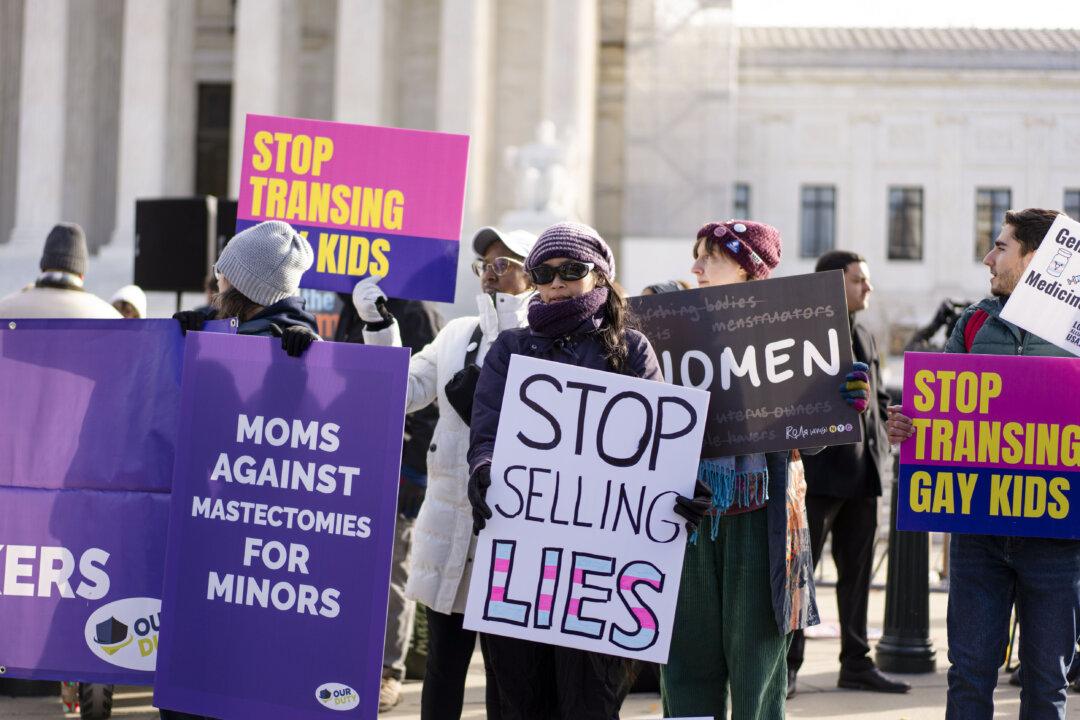Experts are looking to the past for clues as to what a beefed-up IRS might look like if the tax collection agency was turbocharged with more money and manpower.
Over the next decade, the Democrats’ “Inflation Reduction Act” will provide the IRS with 87,000 new agents and $80 billion in funding, with nearly $46 billion earmarked for enforcement.





